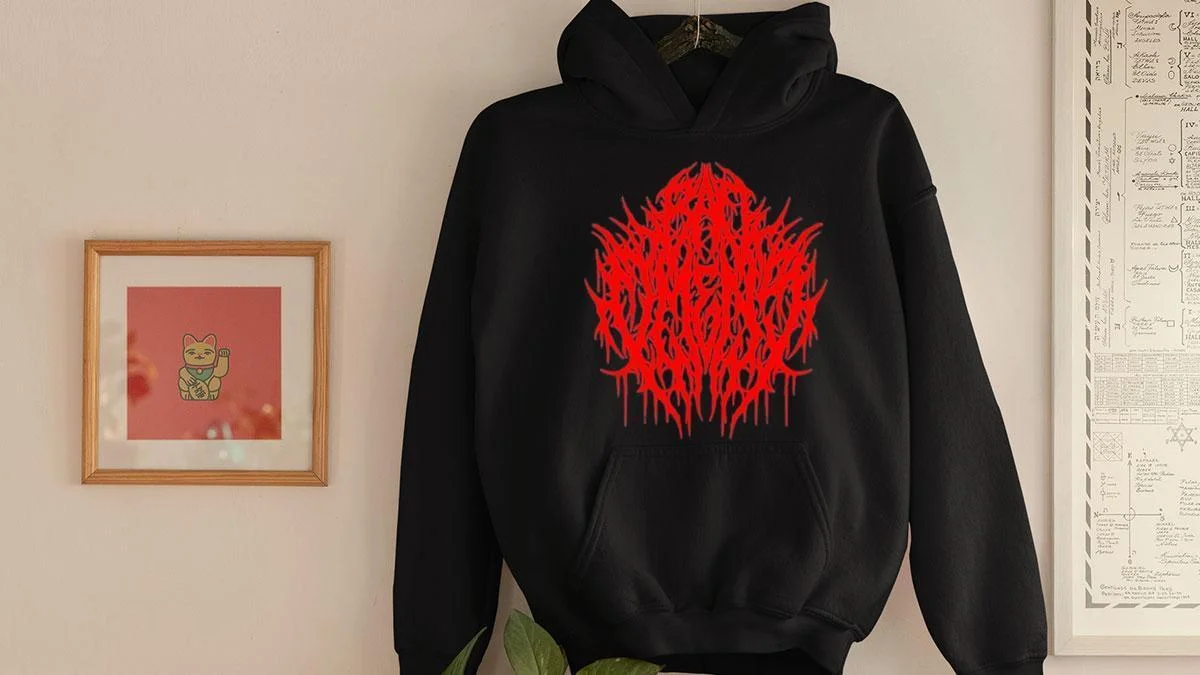An extension cord is a beneficial electrical device at home and in workplaces. It is so common that we all have purchased and used a cord at some point. But did you know that extension cords are also a common cause of fire accidents? Well, it is not the extension cord itself that is problematic. It is the way we use it that influences its efficacy or risk of hazards.
Source: pixabay.com
Careless use of extension cords such as interconnecting, overloading with heavy power devices poses a risk to the device and the cord. Hence follow these six simple tips that will give you the best and safest way to use a cord.
1. Know Where To Use Them
Extension cords are typically convenient to connect devices anywhere in the house without stress about reaching a wall adapter. But that said, not all devices can be connected to an extension cord. Various factors come into play while identifying which appliances or equipment are safe to use with an extension cord.
Devices with heating elements are generally not suitable to connect to an extension cord. Hence connecting your space heaters, hairdryers, or curling irons to these cords is not safe. Large appliances like refrigerators require proper grounding abilities and tend to consume heavy power. Therefore, stick to connecting them to wall sockets for efficient use.
Phone chargers, lights, speakers, and other low-power equipment work well with extension cords. You can safely connect and use them as long you take their power requirements into account while choosing the cord.
2. Learn The Importance Of Gauge
Choosing an extension cord is not as simple as walking into a supermarket and grabbing the first one you spot. There are important considerations, such as the wire gauge, to ensure you can match the power requirements.
The wire gauge is a critical parameter that determines the diameter or thickness of the wire within the cord. It influences how much maximum current the wire can carry safely without exhibiting dangerous heat-ups. The wire gauge value of your cords is a numerical rating mentioned on the packaging. Lower the value, the higher the current capacity of the product.
Source: unsplash.com
For example, the 14-gauge cord is a common choice for household applications. Here the power delivery may safely go up to 15 amps. The three prongs, Extension cords with 14 gauge markings are ideal for safely connecting computers, televisions, and other small appliances. You should also know about what is nema rating.
3. Buy The Right Length
The extension cord length has various implications for the electrical capacity of the cord. The length directly affects the voltage drop that increases in longer cords due to the high resistance of the wires. Therefore, finding the optimal length for your application is essential to ensure you provide optimal power levels to your device at all times.
4. Say No To Cascading
One of the most common errors by users while operating extension cords is cascade connections. Connecting one extension cord as a load in the other might seem like a simple way of enhancing the length and increasing accessibility. But such practices are recipes for error.
An overload in one cord could cause the failure of several connected cords leading to a major accident. Not just that, that power delivery of each cord is severely affected, which could damage the cords or the connected devices. The best solution for this situation would be to buy a longer extension cord or install wall adapters.
5. Don’t Mix Indoor And Outdoor
Extension cords are helpful to connect devices both indoors and outdoors. But the type of cords needs to be compliant with the application for safe and effective usage. A common mistake by users while choosing and using cords is connecting indoor cords for gardens or other outside applications. It could have dangerous implications during operations and hence should be avoided.
Source: unsplash.com
Outdoor cords have enhanced specifications like water and weather resistance and improved power delivery for work environments. These features are critical as they help extend the life of the cord while minimizing damage. They are appropriate for use with garden lights, festive lights, or near water bodies like pools. They also come with water-resistant plugs or connectors that can withstand rain and minimize shocks or fire hazards.
6. Connect Devices Safely
Extension cords are beneficial to connect multiple devices without occupying too many wall outlets. But overloading the cord with too many devices all at once can be risky and disastrous. Always leave one outlet free to make sure the power draw is not heavy. Remember, extension cords are only a temporary solution. The best way to manage your outlet needs is to create wall sockets with the help of a professional.
Be careful while laying out the cord at home and work sites. The long wires may obstruct the path and cause someone to trip and fall. So, avoid letting the cords run loose on the ground or stuffing them under rugs or furniture. A simple way to safely operate the cord would be to lay it out close to the wall. You can use appropriate accessories to keep them intact near the wall. Do not tape, nail or staple them to avoid damage.
Conclusion
Operating an extension cord properly is essential to ensure the life of your device and the cord. It also influences the optimal performance of the device and the safety of usage. Make sure to keep the above tips in mind while choosing and using extension cords for the best output.







